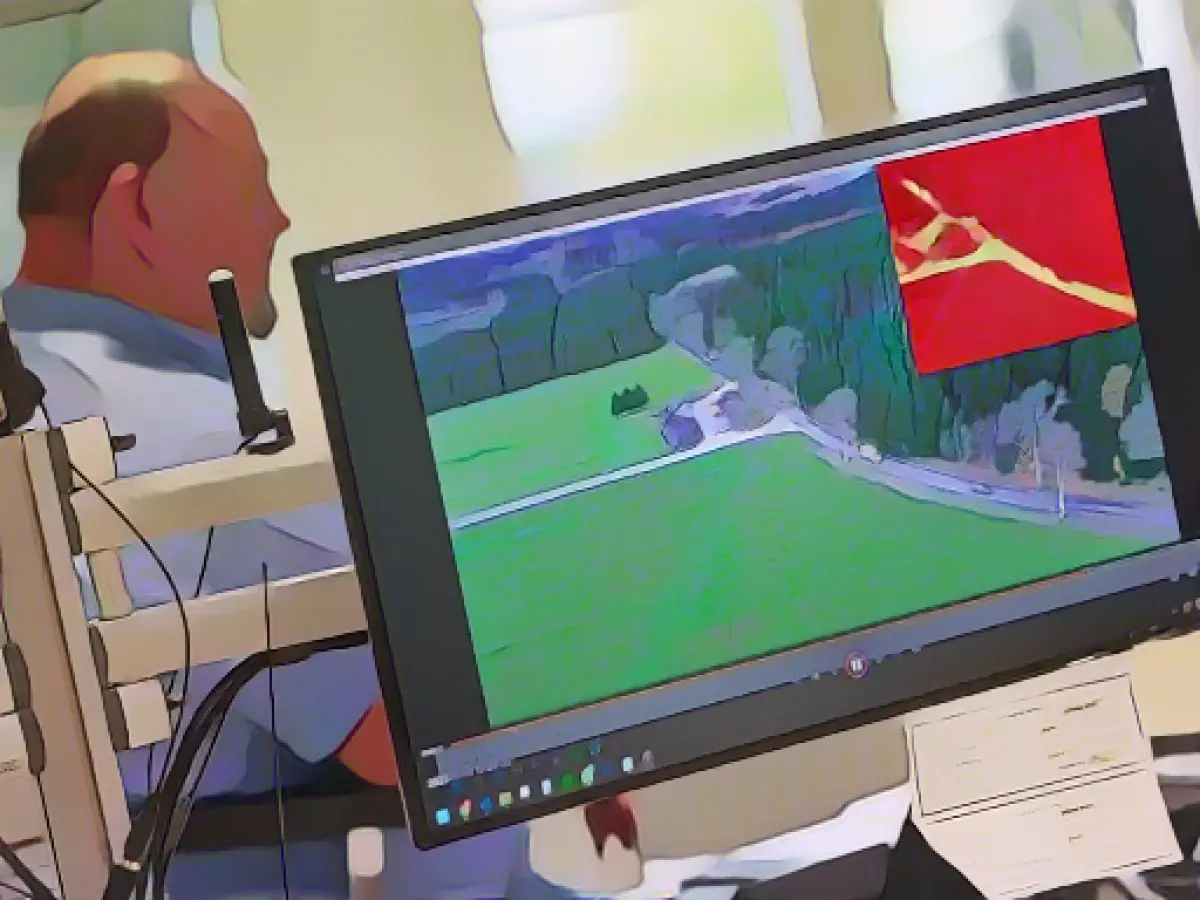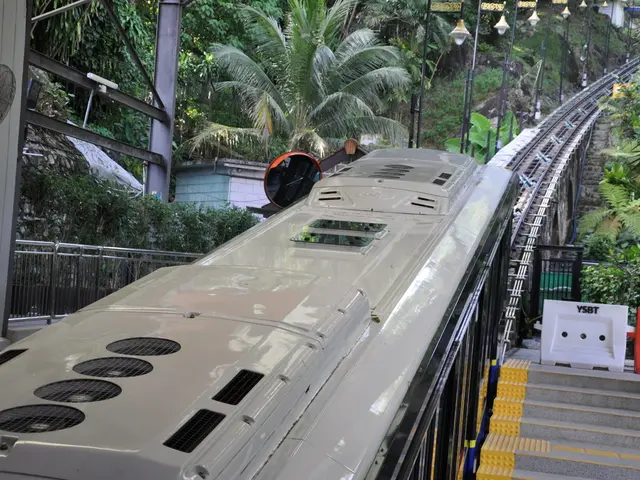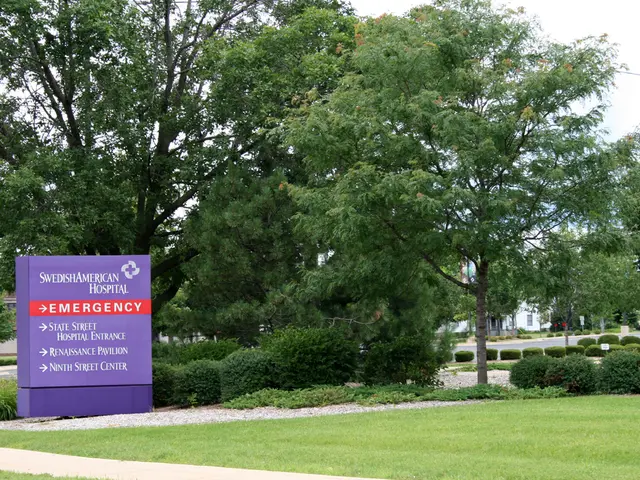Drone Tests in Harz Region Yield Promising Results
In an innovative leap for forest fire prevention, the Harz district is putting drones to the test. Equipped with thermal imaging cameras, these unmanned aerial vehicles (UAVs) could revolutionize how authorities monitor forest fires and locate missing persons. A spokesperson for Harz district made these revelations on Monday.
These drones, stationed in Elend with a 10-kilometer reach, have been instrumental in providing real-time images to the Halberstadt rescue control center. The test phase, stretched until February 2024, has demonstrated that this aerial tech allows for a speedier assessment of a situation compared to the traditional fire department response method.
But how does this technology add value, beyond just forest fire prevention? Well, let's dive into some enrichment data:
- Swift Fire Detection: Drone's thermal imaging camera can detect hotspots that signal the beginning of a forest fire, enabling an initial assessment much sooner than the fire department's arrival.
- Real-Time Monitoring: The constant data flow from the drone provides the incident commander with valuable, real-time aerial insights - cutting down on reliance on secondhand information.
- Search and Rescue: In thick smoke, thermal signals emitted by humans or fire hotspots can be spotted by the drone's camera. This helps in locating missing individuals and directing rescue teams to their positions.
- Resource Allocation: The information collected by the drone can significantly aid in allocating resources more efficiently. By understanding fire spread and hotspots, authorities can optimize tactical responses, reducing the risks to firefighters and improving containment strategies.
- Regulatory and Infrastructure Challenges: Despite its promise, adoption of drone technology is not without challenges. Regulatory issues, the need for robust infrastructure, and high initial costs serve as hurdles that must be overcome for widespread use.
The Harz region's innovative use of drones, coupled with thermal imaging, shows incredible potential in forest fire prevention and search and rescue operations. Overcoming operational challenges will be key to capitalizing on these benefits in the future.








